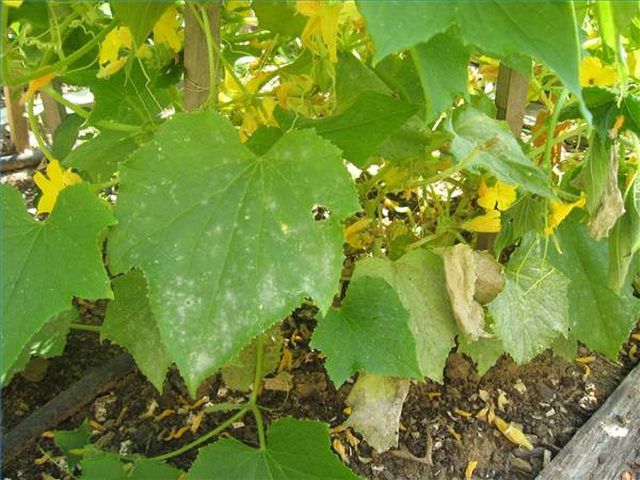Bulbs
Flower Basics
Flower Beds & Specialty Gardens
Flower Garden
Garden Furniture
Garden Gnomes
Garden Seeds
Garden Sheds
Garden Statues
Garden Tools & Supplies
Gardening Basics
Green & Organic
Groundcovers & Vines
Growing Annuals
Growing Basil
Growing Beans
Growing Berries
Growing Blueberries
Growing Cactus
Growing Corn
Growing Cotton
Growing Edibles
Growing Flowers
Growing Garlic
Growing Grapes
Growing Grass
Growing Herbs
Growing Jasmine
Growing Mint
Growing Mushrooms
Orchids
Growing Peanuts
Growing Perennials
Growing Plants
Growing Rosemary
Growing Roses
Growing Strawberries
Growing Sunflowers
Growing Thyme
Growing Tomatoes
Growing Tulips
Growing Vegetables
Herb Basics
Herb Garden
Indoor Growing
Landscaping Basics
Landscaping Patios
Landscaping Plants
Landscaping Shrubs
Landscaping Trees
Landscaping Walks & Pathways
Lawn Basics
Lawn Maintenance
Lawn Mowers
Lawn Ornaments
Lawn Planting
Lawn Tools
Outdoor Growing
Overall Landscape Planning
Pests, Weeds & Problems
Plant Basics
Rock Garden
Rose Garden
Shrubs
Soil
Specialty Gardens
Trees
Vegetable Garden
Yard Maintenance
How to Control Powdery Mildew
How to Control Powdery Mildew. So you went outside and saw it, that white powdery stuff all over a few leaves near the bottom of your cucumber trellis, your zucchini plants or on some leaves in your pumpkin patch. It's powdery mildew, a disease which can lead to weak crop production and even the death of a plant. If you don't take action now, your...

So you went outside and saw it, that white powdery stuff all over a few leaves near the bottom of your cucumber trellis, your zucchini plants or on some leaves in your pumpkin patch. It's powdery mildew, a disease which can lead to weak crop production and even the death of a plant. If you don't take action now, your entire crop could be at risk. To do something about it you'll need to know how to control powdery mildew and what to do so you won't see it again.
Things You'll Need
Oil spray or milk spray
Clear away infected plants as soon as you see them. This can include the entire plant or the white coated leaves depending on how severe the damage is. Destroy these pieces and do not compost them or leave them in the garden.
Spray the remaining leaves with an oil spray made from Neem extract. This is a spray that should be applied regularly to keep the fungus from forming again.
Increase air circulation around your plants. For indoors, you can run a small fan, outdoors you may need to thin your plantings. Usually removing the infected plants helps in the thinning process. Regular weeding of the garden can also increase air circulation by making sure that the gaps between plants remains an open space for air to move through and not an invitation for weeds to stop air flow.
Don't water in the evenings. By watering at night you are inviting fungus to come to a warm, moist and dark place on your plants. Spraying the garden as a form of watering isn't suggested either because it wets the leaves instead of the roots. Use a seeping hose or drip irrigation system during the morning to allow plants and soil to dry before night falls.
Clear away all leftover plants when the growing season is over. Even when plants are dead and winter sets in, don't leave a protective winter home lying on the ground for the fungus to stay in. Getting rid of everything in the garden that won't come back the following year will reduce the number of fungi hiding places helping you get a good start on the next year.
Use crop rotation each year when you plant your garden. This will rotate the types of plants to different areas of the garden and keep the same plant from being planted in the same location year after year. Some diseases can live in the soil for years without a host and a good crop rotation pattern can help you wait that time out. On average plants won't hit the same plot of ground again for four to five years, long enough for the strain to potentially die off.
Stick to the spacing guidelines on seed packets and plant markers on seedlings to know how far apart it is recommended for different types of plants. Air circulation should be kept in mind when planting seeds and seedlings as well and these guidelines take that into account. Also look for disease resistant varieties when shopping for plants as an extra precaution.
Tips & Warnings
For a more natural approach to oil sprays, a milk spray can substitute for Neem extract. Once a week spray a mixture made up of one part skim milk to nine parts water onto your leaves.
Look after your garden daily and take action as soon as you see the telltale white powder on the leaves of your plants.